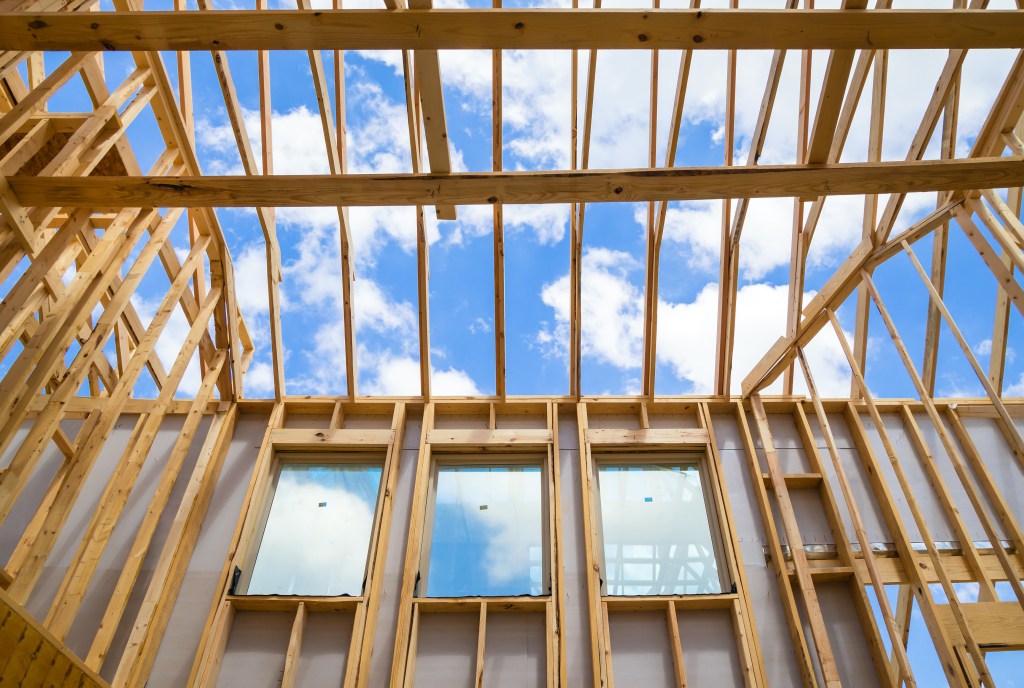The U.S. Census Bureau and the Department of Housing and Urban Development jointly announced privately owned housing starts in November were at a seasonally adjusted annual rate of 1,547,000, a 1.2% increase from the revised October estimate of 1,528,000 and 12.8% above the November 2019 rate of 1,371,000.
Single-family housing starts last month were at a rate of 1,186,000, which is 0.4% above the revised October figure of 1,181,000. Plus, the November rate for units in buildings with five units or more was 352,000.
“Today’s new residential construction report from the Census Bureau showed the pace of housing starts continuing to move upward in November, but at a decelerating pace,” says Doug Duncan, chief economist at Fannie Mae. “While housing construction has helped drive the economic recovery to date, we believe the rapid rebound phase has likely passed. November’s single-family starts pace was a little stronger than we had expected, but the comparatively modest increase of only 0.4% over the month (compared with over 7% the prior two months) is consistent with our view that the starts pace will soon level off and even pull back somewhat.”
Privately owned housing completions in November were at a seasonally adjusted annual rate of 1,163,000, or 12.1% below the revised October estimate of 1,323,000 and 4.8% below the November 2019 rate of 1,222,000. Single-family housing completions were at a rate of 874,000, or 0.6% below the revised October rate of 879,000. The November rate for units in buildings with five units or more was 280,000.
Privately owned housing units authorized by building permits in November were at a seasonally adjusted annual rate of 1,639,000. This is 6.2% above the revised October rate of 1,544,000 and is 8.5% above the November 2019 rate of 1,510,000. Single-family authorizations in November were at a rate of 1,143,000, or 1.3% above the revised October figure of 1,128,000. Authorizations of units in buildings with five units or more were at a rate of 441,000.
“While builders continue to push to meet demand, supply-side headwinds will remain in 2021,” says Odeta Kushi, deputy chief economist at First American. “Residential construction employment is still not back to pre-pandemic levels, and construction material costs remain high. These headwinds could slow the home-building momentum at a time when the housing market desperately needs more supply.”



